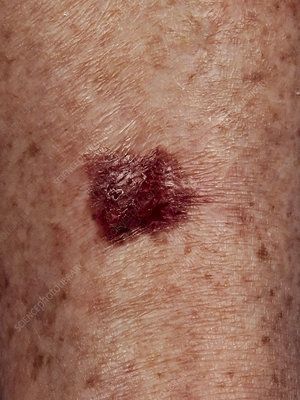ASL ROMA F, cancer prevention, also in Bracciano ‘Pink October’ continues through December
The news that interests us most closely concerns our Padre Pio Hospital: with the full reopening of Surgery we are able to provide all possible care, from prevention to surgical therapy, to women with breast lumps but especially to those affected by carcinoma .
An outpatient clinic has been activated that performs breast examinations on Monday mornings by reservation at the CUP, in collaboration with Radiology we will perform breast needle aspiration, while in Surgery will be performed either under Day Surgery (with hospitalization of 1 day) or, in necessary cases, with ordinary hospitalization of a maximum duration of 3-4 days.
We will also have the option of performing conservative interventions, directly performing extemporaneous histological examinations and using the sentinel lymph node biopsy method, so that in many cases we can avoid removal of all axillary lymph nodes.
Prevention then, but also early detection, the most important weapons that enable us to fight and defeat breast cancer.According to the latest statistical data, released by some accredited medical societies, during 2014, approximately 48.000 new cases of breast cancer in women and about 1000 cases in men.
There is undoubtedly a sharp increase in the incidence of this type of cancer: suffice it to say that in the late 1990s, 30.000 cases a year, and ten years ago statistics indicated in 35.000 new cases of breast cancer.
Statistically speaking, one in 8 women may get breast cancer in her lifetime.
There are many causes,mostly related to a general increase in environmental pollutants,obesity,smoking,a diet high in fat and protein,hereditary factors,hormone therapies,and poor exercise.
Numerous innovative surgical, radiation, and pharmacological therapies have enabled a percentage decrease in mortality from this type of cancer: over the past 20 years, although faced with an incidence that has increased by more than 50 percent in diagnosis, mortality has remained almost stable in absolute numbers.
Not only that, but the same survival after years is greatly increased, so that a stage I cancer is treatable, but more importantly curable, even in 90-95% of cases.
What are the weapons at our disposal to treat a disease that until not long ago was unfairly considered in the collective imagination to be an incurable disease ?
The answer is all locked up in one simple word: PREVENTION !!
It has long been known that a small tumor, under a centimeter in diameter, is unlikely to spread to the axillary lymph nodes, and the smaller the tumor the greater the chance of recovery from this disease .
It is possible to reduce one’s risk of getting sick with careful behavior and a few screening examinations : it is good to exercise and eat low-fat and lots of vegetables (fruits and vegetables, especially broccoli and cabbage, onions, green tea and tomatoes).
Breastfeeding also helps fight breast cancer, because breastfeeding allows the breast cell to complete its maturation and thus be more resistant to any neoplastic transformation.
Mammography is currently the most effective method for early detection: the Ministry of Health Guidelines suggest mammography every 2 years, from age 50 to 69, but the cadence may vary depending on the physician’s considerations of each woman’s personal history.
In women who have had a sick mother or sister it usually starts earlier, around age 40. In recent years, discussion of the usefulness of mammography (which detects many cancers, such as ductal carcinomas in situ, that would not likely need aggressive treatment) has led many physicians to consider suggesting age of onset and frequency of mammography based on individual patient characteristics rather than on the basis of one-size-fits-all guidelines and screening.
Ultrasonography is a very useful examination to examine the young breast, since mammography is not suitable in this case: however, it is advisable, at the doctor’s suggestion, in case of the appearance of lumps.
MRI is reserved for very dense breasts , diagnostic doubts,microcalcifications, although it can be of great help in specific cases.
Examination: it is good practice to have a breast examination with a surgeon or gynecologist experienced in the field at least once a year, regardless of age.
L’self-palpation: is a technique that allows women to detect any changes in their breasts at an early stage.
Its effectiveness in terms of screening, however, is very low: this means that it constitutes more than just examination and mammography from the recommended age, but it cannot replace them.
Genetic testing for the BRCA1 and 2 genes, which are responsible for some hereditary forms of breast cancer, are useful preventive tools in special situations where the study of a person’s genealogy highlights specific transmission characteristics of the disease.
Before undergoing genetic testing, it is necessary to consult with an experienced geneticist who will confirm or deny the’usefulness of the test. In case of positivity, control measures can be strengthened with mammograms and ultrasound scans alternating every 6 months to identify the tumor at an early stage should it unfortunately arise .
The’eventual identification of suspicious nodules or formations usually leads the physician to recommend a biopsy, which can be performed directly in the operating room or in the outpatient clinic with a sampling by means of a small needle inserted into the nodule that allows cytological or microhistological examination. In the first case (cytological examination) the cells are examined, in the second (microhistological) the tissue: these examinations allow both to establish the nature of the disease and, with microhistology, to assess its biological characteristics.
